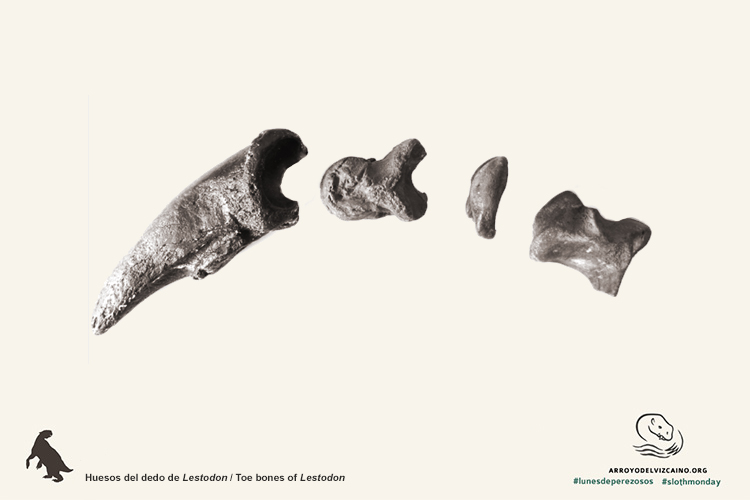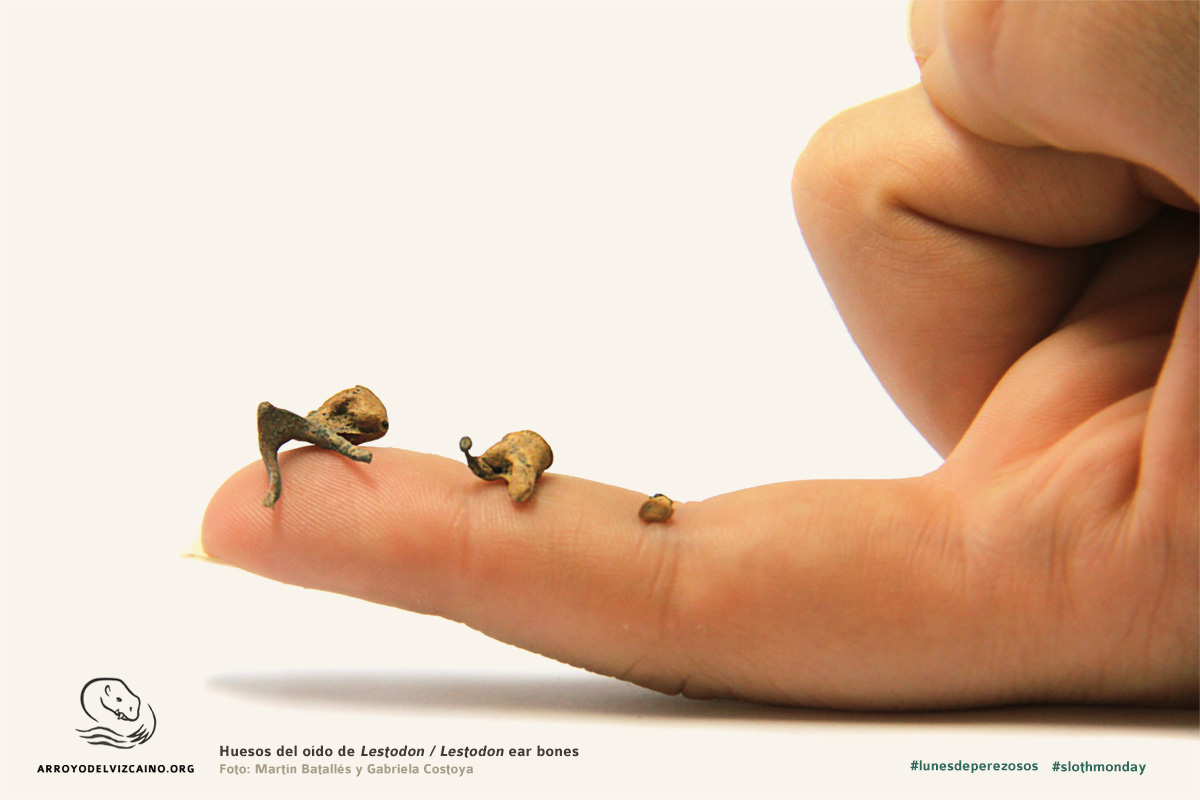#SLOTHMONDAY Nº5

Bones and locomotor habits
The limb bones of vertebrate animals are molded according to the activities the animal performs. This is very helpful for paleontologist when studying fossils of vertebrates, since in most cases only the bones are preserved.
Ground sloths have repeatedly been subject of such studies to achieve a better understanding of locomotion and other activities they could have performed. For example, the sloths Megatherium and Eremotherium would have been able to have a bipedal locomotion. Meanwhile, Lestodon would have been able to keep both an upright position as much as a quadrupedal, while Scelidotherium and Glossotherium would have been exclusively quadrupeds.
It has also been studied the possibility that some of these large animals could dig, as their claws greatly resemble those of modern burrowers within their same group (Xenarthra). The results obtained support the possibility that some sloths were able to dig, according to biomechanical similarities with their current burrowing relatives, armadillos.
Later on we will deepen into the locomotion of sloths.
